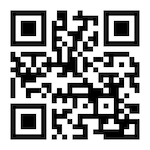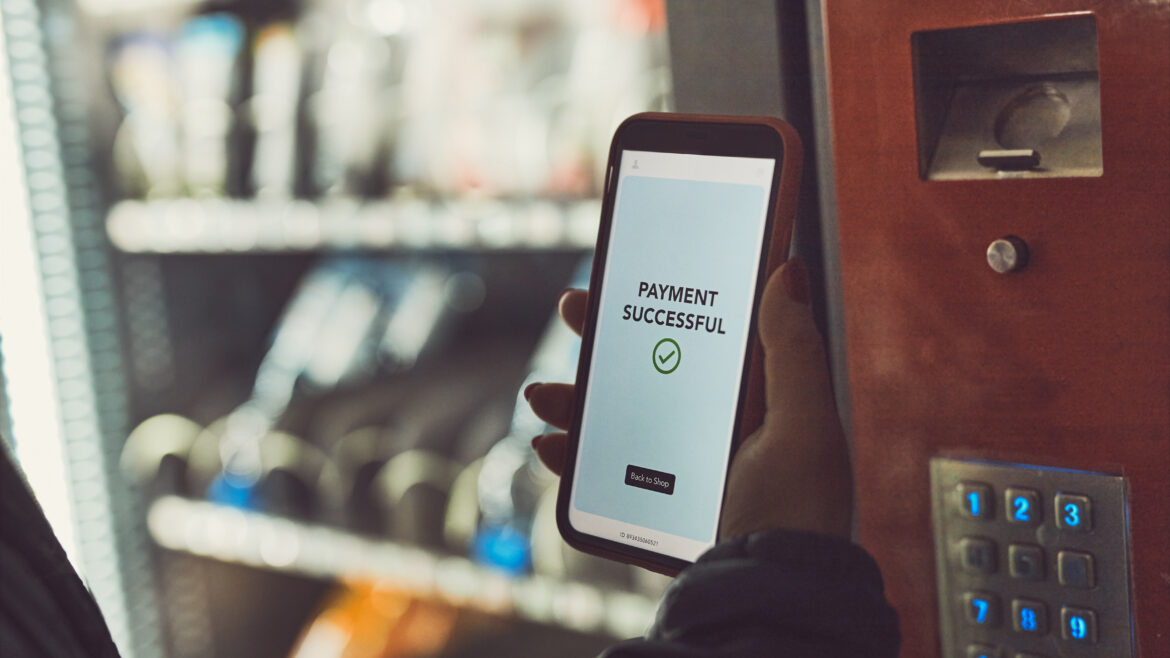Want to automate your payment processes for your transportation solution? Add paid parking or paid EV charging stations? Better management of payment at off street or event parking?
GAD Knows Payment Solutions
Think about automating cashless solutions to every aspect of your business. Even if you have a parking attendant, there is no reason to have a person accepting payment!
- Pay and display on parking meters.
- Pay on foot off street parking stations.
- Public transportation fare collection.
- EV cashless charging stations.
- Collect tolls in a secure and quick way for ease of both the driver and the attendant.
Plus, GAD has solutions to add advertising to any digital solution. Why not earn ad revenue to enhance your operations!












